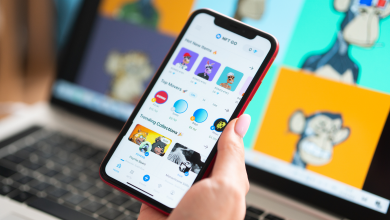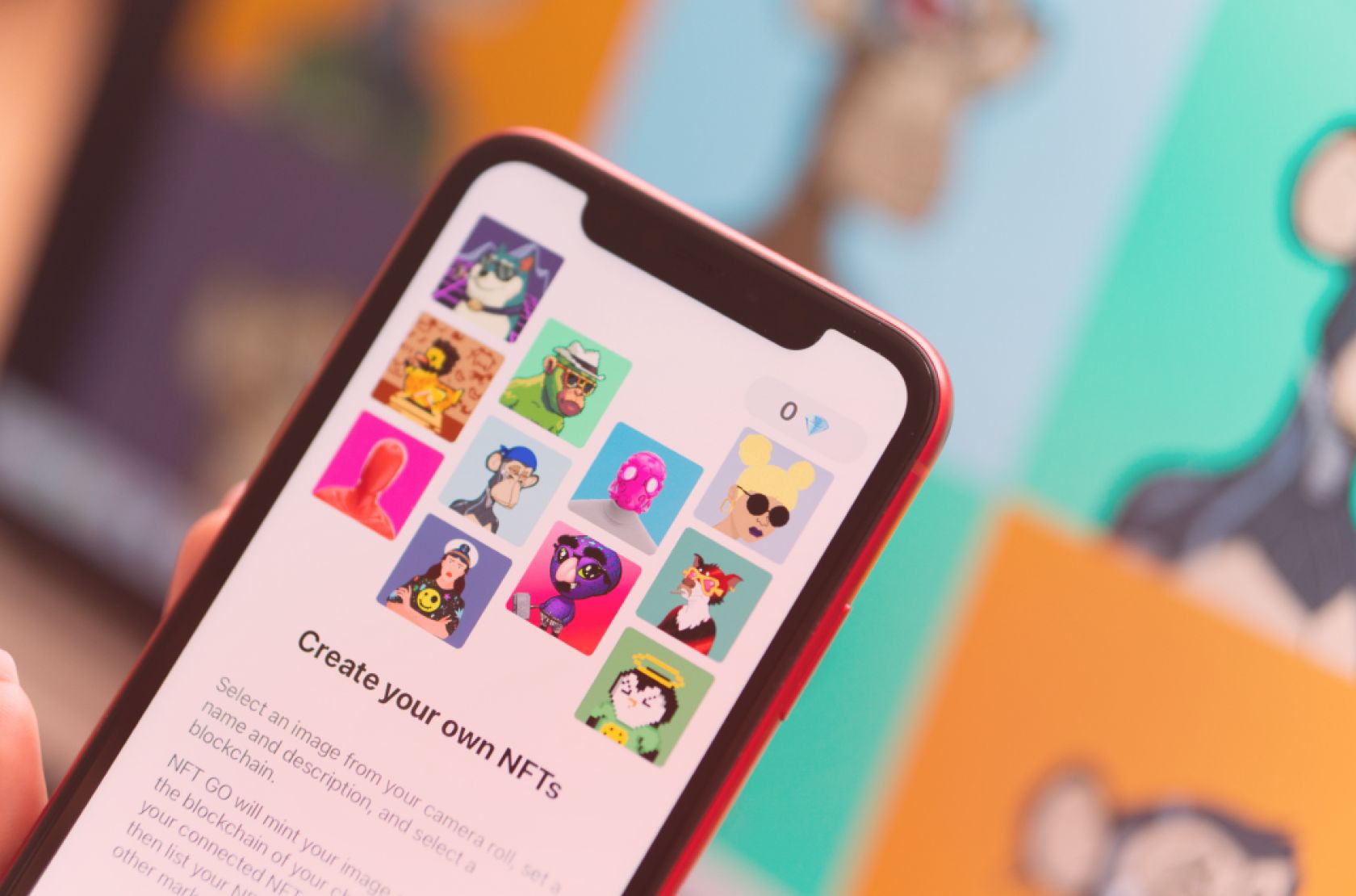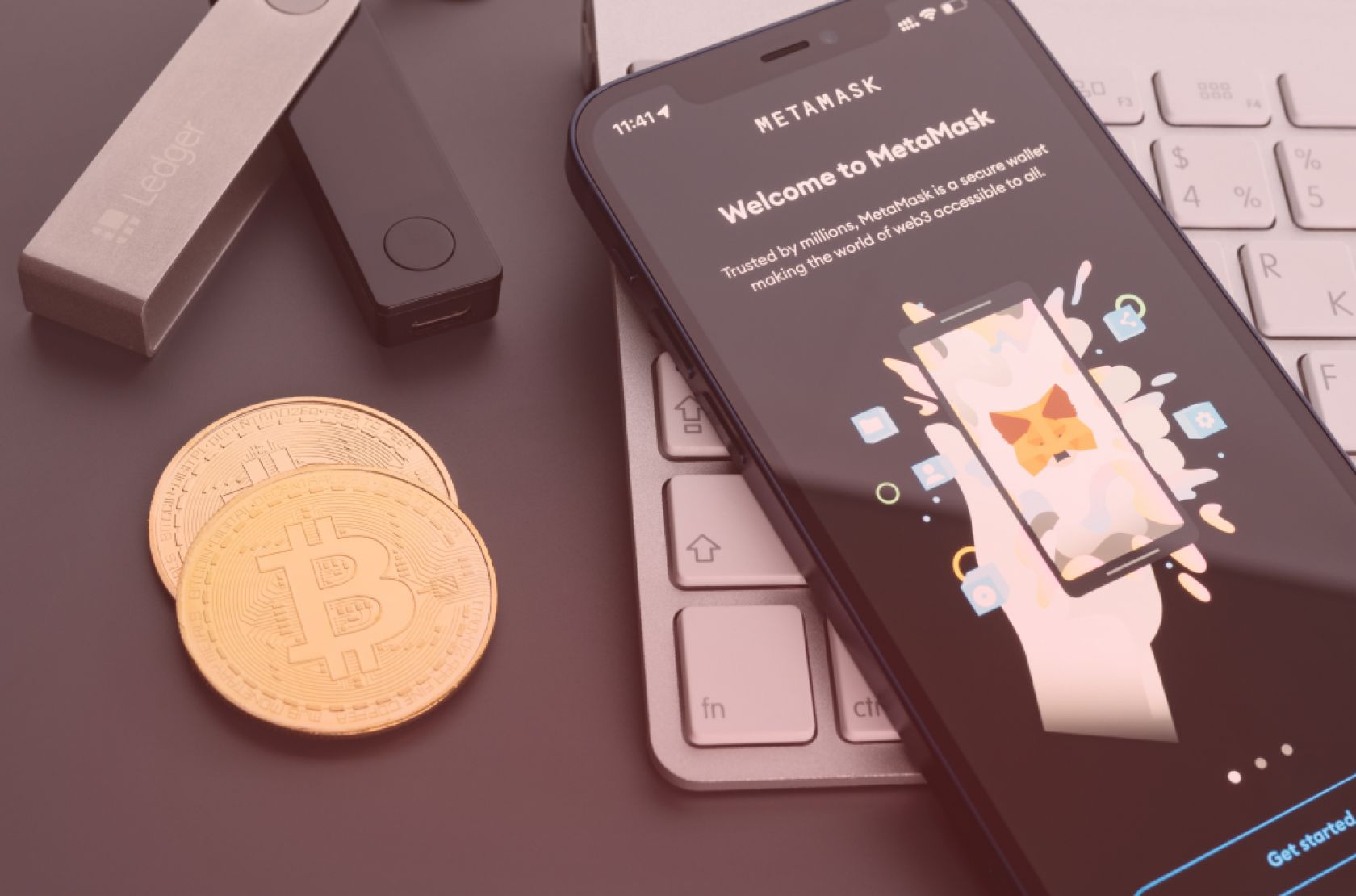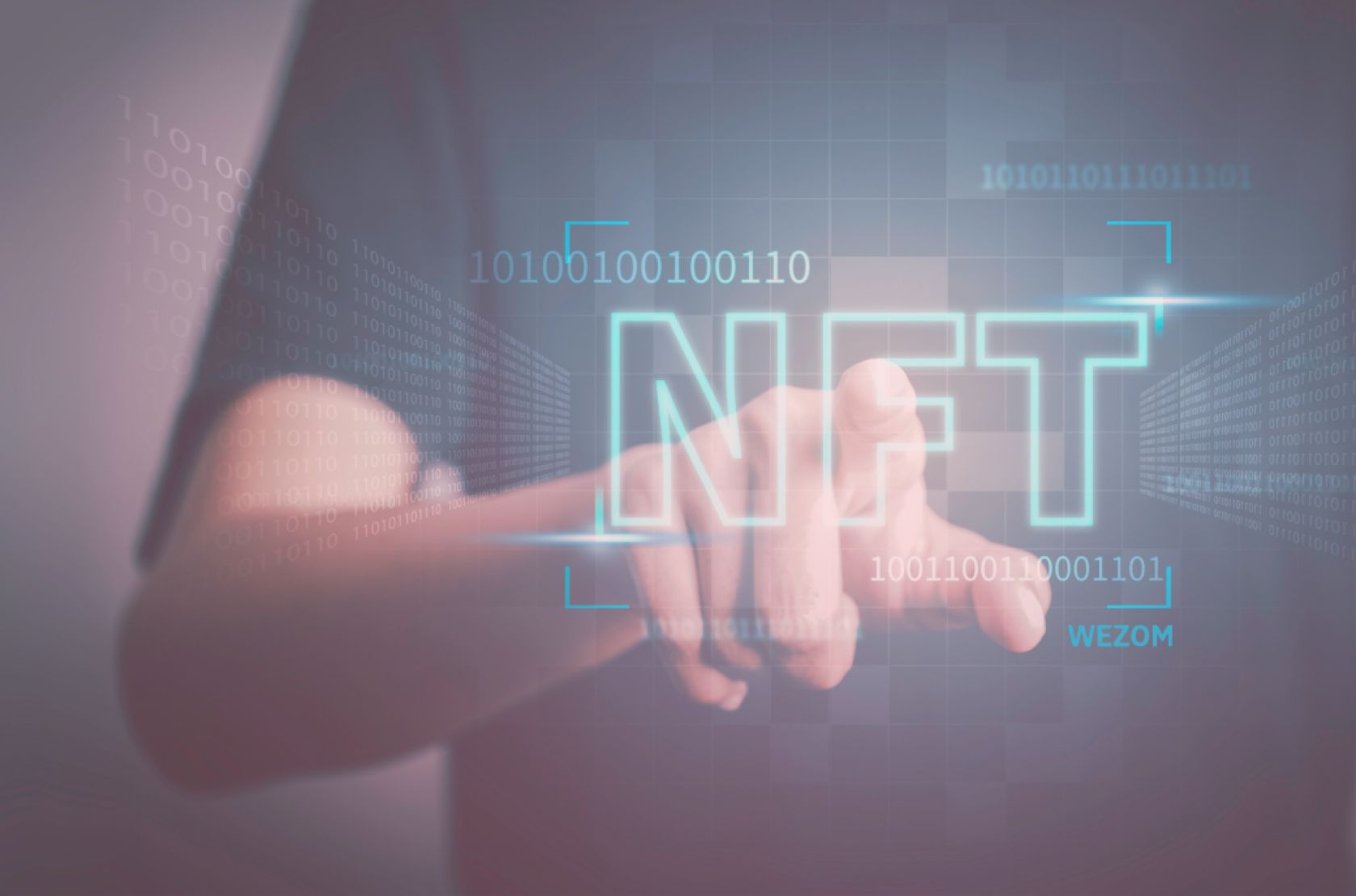Technology has completely changed the world in different ways. These days, illnesses that once had few to no options for treatment are getting cured, video chats take place in different places of the world, and cars are capable of running on battery power instead of fossil fuels.
But how far can technology go to change how consumers or customers see the world?
Recently, blockchain, the very same technology, which resulted in the cryptocurrency craze that sent the likes of Bitcoin to value in the tens of thousands of dollars, has a new trend – the NFT.
Investors and investors are willing to pay thousands or millions of dollars to have digital collectibles, like NFTs (non-fungible tokens).
What Are NFTs
In the real sense, non-fungible tokens are exceptional digital art assets that investors buy on the blockchain. They may include any type of art rendered in the digital form, including memes, imagery, video, music, or a combination of media.
Blockchain technology helps to verify that the token is a unique and original item, which you can duplicate. While you will get its possession through a smart contract, it is important to know the pros and cons of NFTs before investing in them.
How They Work
You might think of non-fungible tokens as the proof of ownership of assets, which are verified by blockchain. According to experts, blockchain refers to an electronic ledger of transactions serving as the record of owning an NFT.
All transactions on the blockchain get verified by computers globally by solving all the complicated math problems. That makes NFTs helpful in several industries, and some people have already started seeing them being used.

Creating NFTs
If you are just a budding digital asset, you can be interested in creating some NFTs for your work. Fortunately, there are platforms available that may enable you to get started.
In general, the process is simple, and several platforms may guide you through it. But apart from NFT pros and cons, there are some things you might need to know before getting started, including:
- You may create and sell your assets on The NFT marketplace.
- You should have a complete cryptocurrency wallet.
- NFTs are supported by and based on a blockchain, like Ethereum.
Difference between Fungible and Non-Fungible Assets
Fungible assets are those that are simple to exchange for another item of the same value and kind. For instance, US dollar bills are fungible. You may trade one for another. You may also do the same with cryptocurrencies like Bitcoin.
On the other hand, non-fungible assets are non-interchange and irreplaceable assets. Examples of non-fungible assets are original works of art and diamonds. These assets have unique qualities that you can’t replicate authentically. For example, all diamonds have a distinct grade, size, color, and cut.
Typically, non-fungible assets may represent everything that has perceived value. Whether this is a sporting moment, car, house, or virtual painting, non-fungible assets will allow you to store ownership digitally.
The Pros
- Versatile stores of value: Non-fungible tokens can get programmed so as to have functionalities when and as required. For instance, they might be used to represent a patent of the invention or claim access to the expertise of the patent owner from time to time. Additional functionalities, such as access to more papers, events, and other materials, can be included with time. Because ownership is saleable and trackable in the secondary NFT marketplace, there is no limitation to the service you will get.
- Uniquely owned: One of the NFT benefits is that it is usually unique. That means it isn’t subject to traditional property ownership rules. This also means it is used in various ways and will always remain unreplicated and unique. Using blockchain technology makes it even possible to achieve transparency when it comes to business processes. Transparency is very important for every business. Blockchain ensures every transaction is transparent for a layman and professional investors. This prevents corruption as well as other dishonest activities from occurring.
- Transferability: Among the benefits of NFTs is that it is simple to freely trade an NFT on certain marketplaces with vast trading options. For instance, an NFT can save the issue of ‘walled gardens’ in the event of games. Most games issue an in-game item, and players buy them so as to improve their experience. But an in-game item is only restricted to the game's environment, and players may not use them anywhere else. In the case of an NFT, a game developer can issue in-game items as non-fungible tokens, which players can hold in their wallets. At the same time, players may use the in-game item outside the game or sell it for profits. Because NFTs are usually based on smart contracts, the transfer of ownership becomes simple. You can complete the transfer of ownership after completing certain conditions existing between seller and buyer as outlined in the smart contract.
- Excitement: Presently, blockchain is generating more interest. Some individuals even predict that blockchain will have the same effect on consumer behaviors as the internet did a while back. This is an interesting concept, and by buying NFTs, you will contribute to this technology actively.
The Cons
- Prone to theft: Although the technology behind these assets is safe, most of the platforms and exchanges aren’t. For that reason, there are stories of these assets being stolen because of cyber security breaches.
- Asset breadth: Perhaps liquidity is among the most important metric of an NFT marketplace. Initially, Binance gained traction because it allowed access to trade different assets, which an individual can’t find listed elsewhere. Many new users didn’t just flock to the platform. It also provided an onboarding experience and smooth UX. But if regulatory concerns are considered, permissionless NFT protocols will provide a different edge. This edge came from the accruing liquidity through cash flow and fractionalized NFTs.
- Not an Asset Class: NFTs are erroneously considered an asset class instead of a technological way of showing ownership. The hype and general misinformation surrounding these assets may make the value of tokens volatile and inflated.
NFT taxes
So far, the stakes for NFT development are very high. It's a new trend for investment right now. But how long will it last, and at what point will NFT catch up with the legality of taxation? For now, that question remains open, but states are already beginning to look more into this issue in order to implement taxation systems into the NFT system. How this will affect the development of the system in the future and how this will affect investment and investment is not known.
What is the Future of NFTs?
Currently, many NFTs are used to sell collectibles and digital art. This can either be a fad or a new norm of exchanging assets, ranging from artwork to trading cards.
In the future, an NFT can be used to tokenize real-world assets, making the assets' ownerships incorruptible and transparent, creating new opportunities for every NFT marketplace developer to innovate and expand digital ownership models.
Plus, NFTs will be invaluable for business ownerships, real estate deeds, and intellectual properties in the future.
Although the NFTs’ future is not certain, it is very clear that blockchain technology has the potential of changing the whole internet landscape.




